The Icelandic Art Prize 2023 will be awarded on March 16 in Reykjavík. The awards provide recognition to outstanding visual artists and exhibitions. The Visual Art Council has annually since 2018 awarded the Icelandic Art Prize. The prize aims to honor Icelandic artists, as well as artists reciting in Iceland, and bring attention to well-deserved indicatives in the field of contemporary art.
Artist of the Year
Four artists are nominated for the award Artist of the Year.
Finnbogi Pétursson (b. 1959) is nominated for the Icelandic Art Prize 2023 for his work BAY. Pétursson has long sought to present to us sounds and waves that normally are invisible. The world is more than what we see; it also has frequencies, long waves and short, shallow and deep, and thus it is a musical composition rather then a painting. Pétursson uses a sort of displacement to show us the invisible, for example by using sounds to produce ripples on water or to control our experience of space. Sometimes, his work requires a lot of technology, other times they are surprisingly simple. The exhibition was entitled BAY and was a part of a series of exhibitions that the couple Áslaug Thorlacius and Finnur Arnar Arnarson have run since 2017, they have also founded an art centre at Kleifar farm, just outside Blönduós. Their enterprise is a part of a positive development to make visual arts accessible across the country. The jury found Pétursson’s installation to confirm that exhibition spaces outside urban areas should not be confined to displaying only imported art, the exhibitions are more powerful when the art is created in, and based on, the very environment it is displayed in.
Hrafnkell Sigurðsson (b. 1963) is nominated for the Icelandic Art Prize 2023 for his work Resolution, as a part of the exhibition series Billboard. In 2022, all of Reykjavík watched as inscrutable, moving images appeared on 450 billboards all over the city, in bus stops and on large advertising signs. The screens showed an ever changing fog, sometimes forming shapes and patterns which then dissolved again.This was not a malfunction, but the work Resolution by Hrafnkell Sigurðsson, created from large, composite photographs from 2018, where countless tiny planes are joined in a blurred mosaic image. Each plane is an enlargement from a photograph from the Hubble space telescope, which shows galaxies as they were millions of years ago, at the moment the light that the telescope captures set off. Sigurðsson selected fragments from the images from in between galaxies, where nothing seems visible. When it is blown up, however, colours and lines appear, and Sigurðsson then pieces them together. From the images that show nothing, a picture suddenly appeared. The project is a collaboration between Reykjavik Art Museum and Y gallery.
Ingibjörg Sigurjónsdóttir (b. 1985) is nominated for her exhibition De rien in Kling & Bang. Sigurjónsdóttir is not the only artist who uses mass-produced rubbish as material for her art. The weak, worthless and menial is often her interest, as the manifestation of imperfect existence, that lasts a moment and then is no more, is only a memory, or just a recollection. In the exhibition De rien in Kling & Bang in June 2022, she continued in the same vein with artwork from such insignificant material as sand and paper. Although the form was stripped down to its simplest type, the works needed to be protected during the opening, so that children who tore loose from their parents didn’t whirl them up in a paper blizzard when they chased after each other along the hallways. At first glance, it seems to be Sigurjónsdóttir’s intention to make as little as possible out of next to nothing. Not only does Sigurjónsdóttir nourish her art with temporal materials, she also shapes it in the strangest fashion. The antithesis of insignificant material and unfailing forming finds an unusual common denominator in her publishing Cowards Can’t Wait for the Apocalypse. The unexpected agreement of this glaring contradictions governs the jury’s selection.
Rósa Gísladóttir (b. 1957) is nominated for the Icelandic Art Prize 2023 for two exhibitions, Spatial Infractions at Reykjavík Art Museum, Ásmundarsalur, and Rósa Gísladóttir’s Collection at The Einar Jónsson Museum. During her sculpture career of forty years, Gísladóttir has exhibited widely and been recognised for her art. However, her work is rather unobtrusive, first and foremost speculations about material and form and the context of things. Through them, it is possible to read her dialogue with art history, particularly with modernism and the avant-garde art of the 20th century, that is still being dealt with in our postmodern times. The jury considers Gísladóttir’s exhibitions an important contribution to such revision, as well as showing her strength as an artist who is firmly rooted in her present but unafraid to put herself in the context of some of the leading sculptor figures in our art history. In the last four decades, Gísladóttir has created an extensive body of work that opens up a path to such revision, and in last year’s exhibitions her approach is clearly visible. Her works will then become the subject for a new generation who, like us, has to review and rediscover everything again.
Nominations for the Motivational Award 2023
Three up and coming artists are nominated for the Motivational award.
Ásgerður Birna Björnsdóttir (b. 1990) is nominated for the Motivational Award of the Icelandic Art Prize for her exhibition A Twitch and a Tug in hall D at Reykjavík Art Museum. She has already made a name for herself among young artists by raising insistent questions about the future and dealing with the most pressing issues of our times, regarding the interplay of man and nature. Her exhibition, A Twitch and a Tug, received deserved attention. Solar cells, placed on the outside walls of the building powered video works on LED screens, showing sprouting walnuts and potatoes. Natural light and weather controlled the exhibition’s appearance each day. Blue plastic cords that transferred energy from the sun to the machines in the installation hung on the museum walls, reminiscent of organic nerves. There were also sprouting potatoes and walnuts in small pockets on the walls, following their own calling in the material’s eternal cycle. The white space had lightness and a certain levity, mixed with astonishment and anxiety, against the magic of nature. The work contained a direct fusion of the organic and the digital, which caused viewers to ponder how the line between the two is always getting blurrier. The jury found the exhibition powerful and the activity of the machines and the organisms, which largely takes place outside the direct perception of man, focused our views on the basic attributes of life and growth on the earth, and man’s often clumsy attempts to harness and control this energy.
Elísabet Birta Sveinsdóttir (b. 1991) has a long study career in art, first in dance and then visual arts, but she makes use of the whole spectrum of visual arts: performances, choreographed dance in the broadest sense, videos and painting, to position herself within the set of art creation. Sveinsdóttir is an active participant in the world around her, and her exhibition Mythbust in Kling & Bang, for which she is nominated for the Motivational Award, is a rough boxing game in a world that tries to condition the individual and force them to play the game of conventional behaviour. In the human world, it is the female who needs all her cunning, all her talent, to preserve her identity and independence. Everywhere, traps are laid to capture her, subdue and control her. The artist’s identification with the cat is not without reason. The animal is exceedingly agile, slips in and out of the tightest spots, jumps easily up and down extreme heights and always lands on its feet.
Egill Logi Jónasson (b. 1989) is nominated for the Motivational Award of the Icelandic Art Prize for his exhibition Your Best is Not Enough at Akureyri Art Museum. Jónasson, also known as Drengurinn fengurinn. Jónasson expresses himself through various media, such as music, painting, collages, performances and videos. Jónasson’s expression is clear and direct, no matter the medium he chooses to work in. The result is raw, figurative and free from any superfluous refinement. He smears his picture plane with a thick layer of colours, so the elements squeeze up against each other. There is no unused space in the chaos on his canvas, which resembles cartoons. The jury is of the opinion that Jónasson manages to capture a mental barometer with his paintings in the exhibition Your Best is Not Enough in Akureyri Art Museum, and he presents them as a remedy against melancholy and gloom, or to celebrate the gloriousness of being. The highlight of this upward trend is no doubt huge, colourful murals and street paintings in Akureyri, that bear witness to the carnivalesque nature of his art.

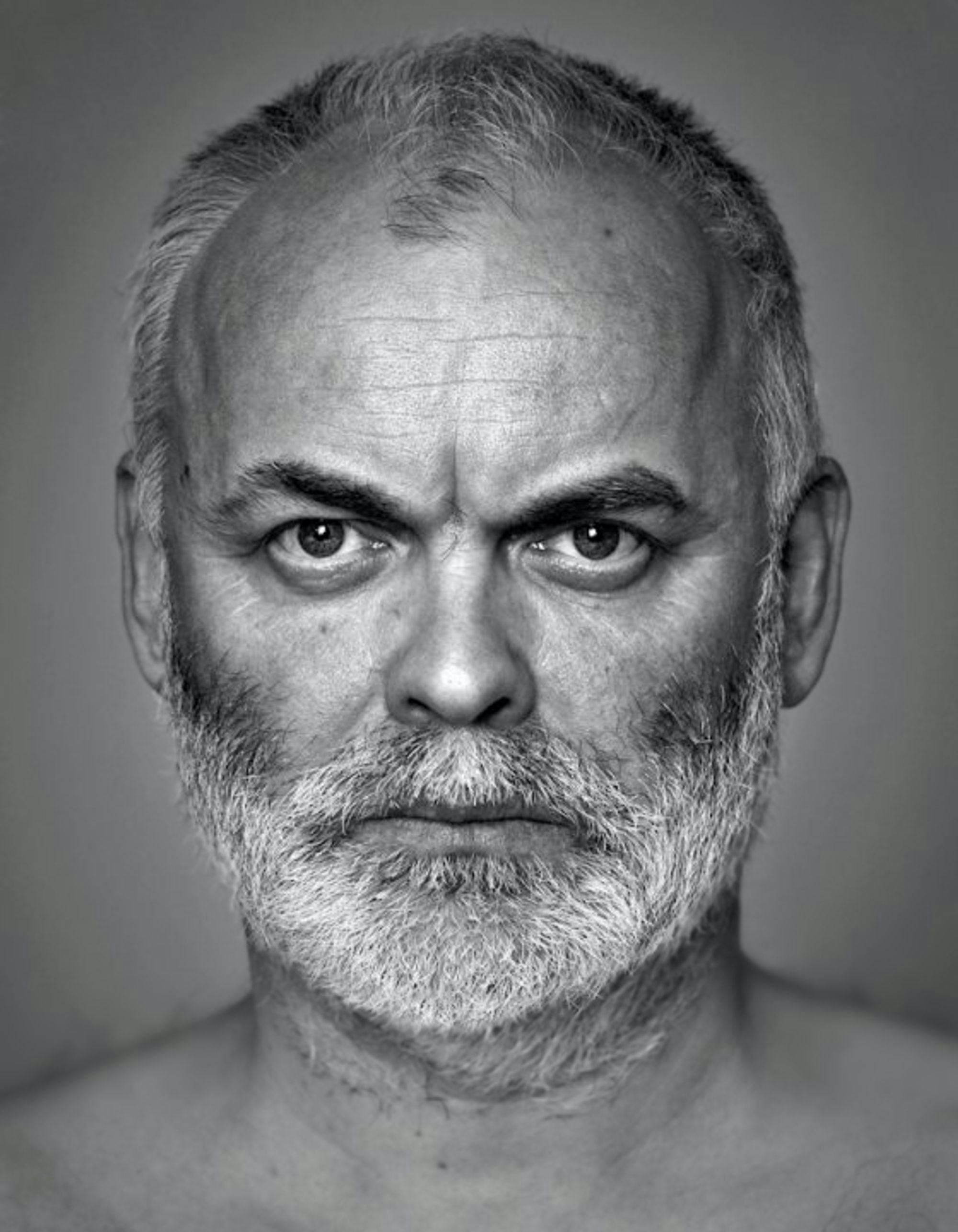
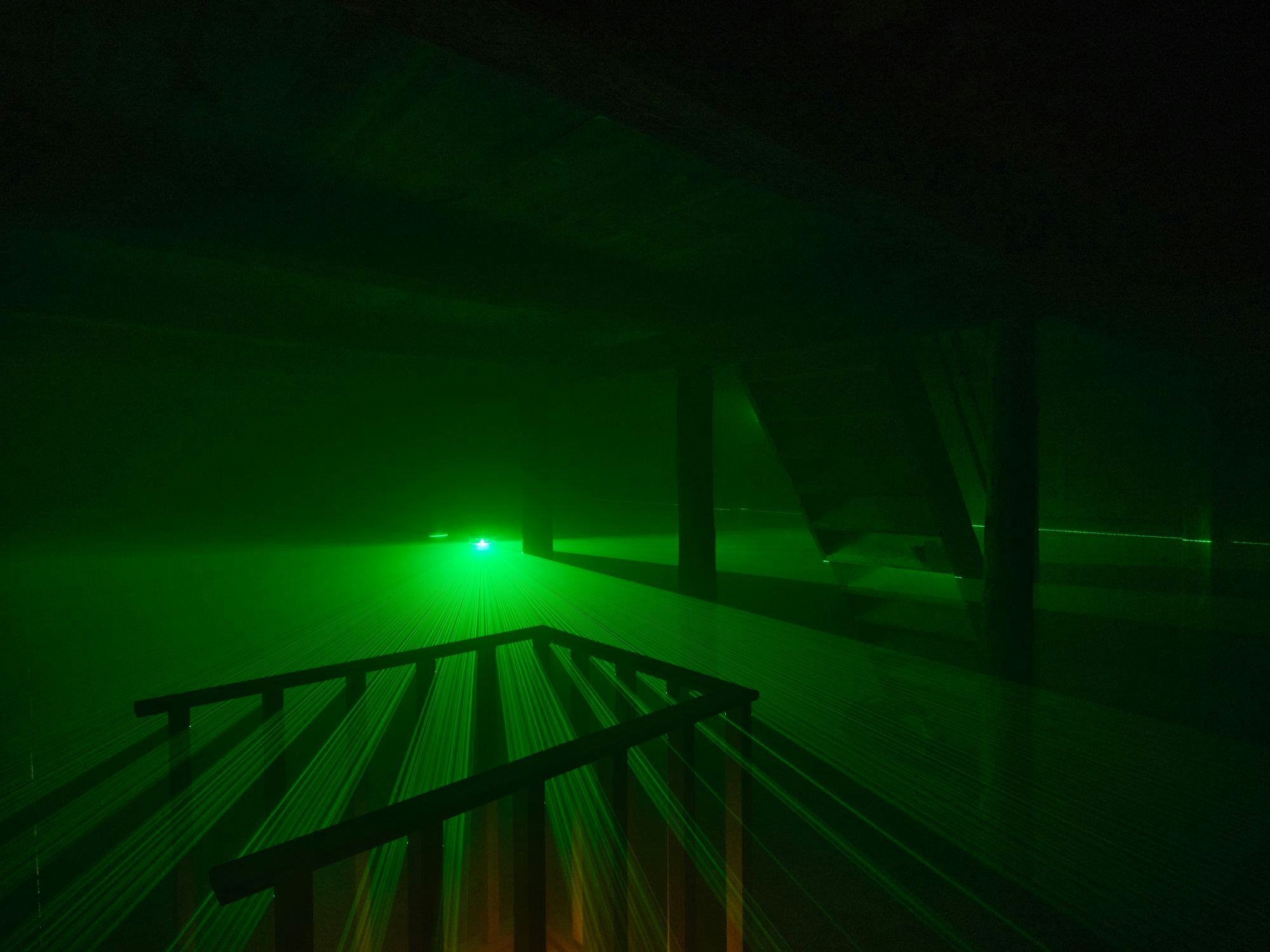
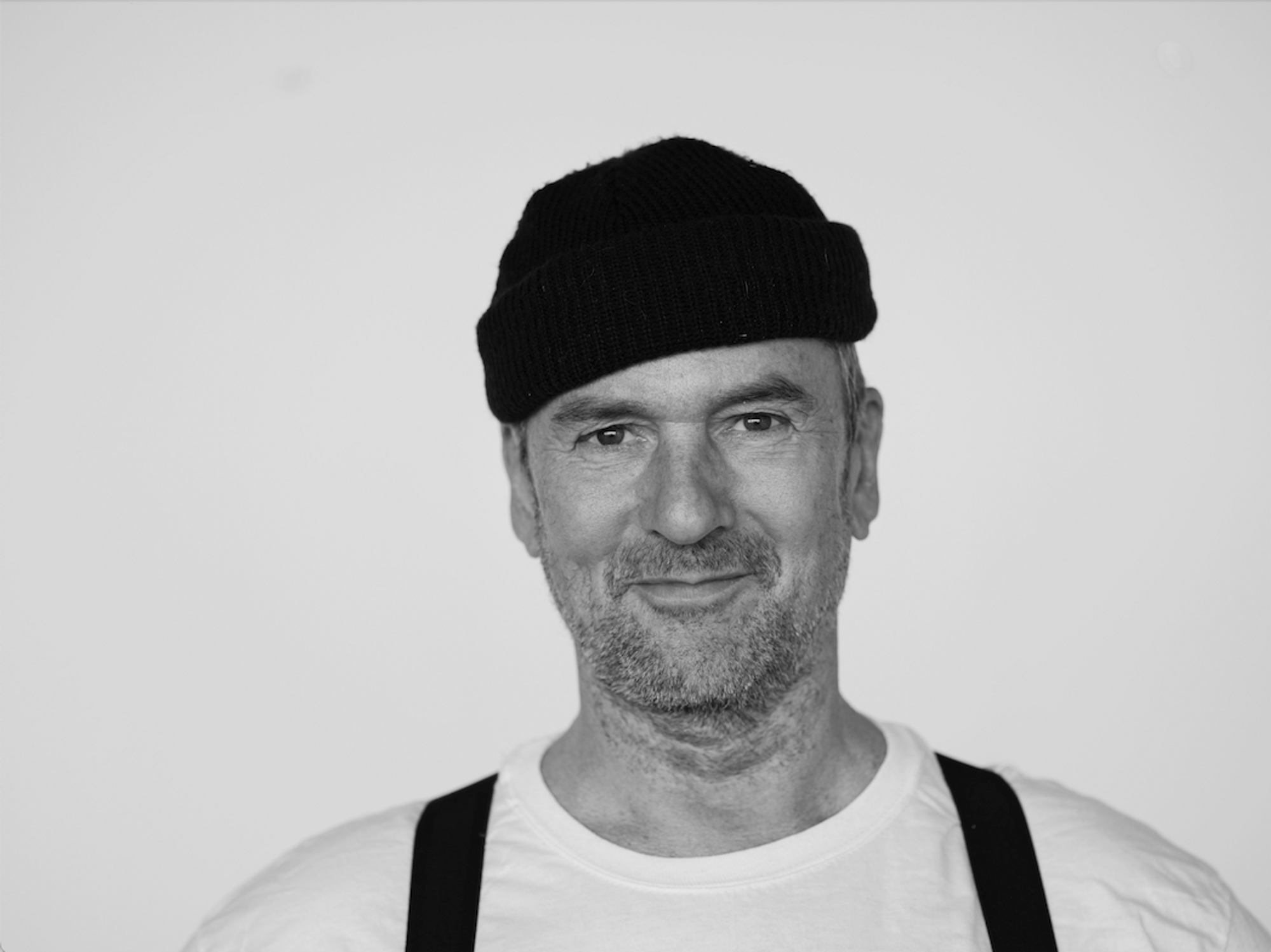


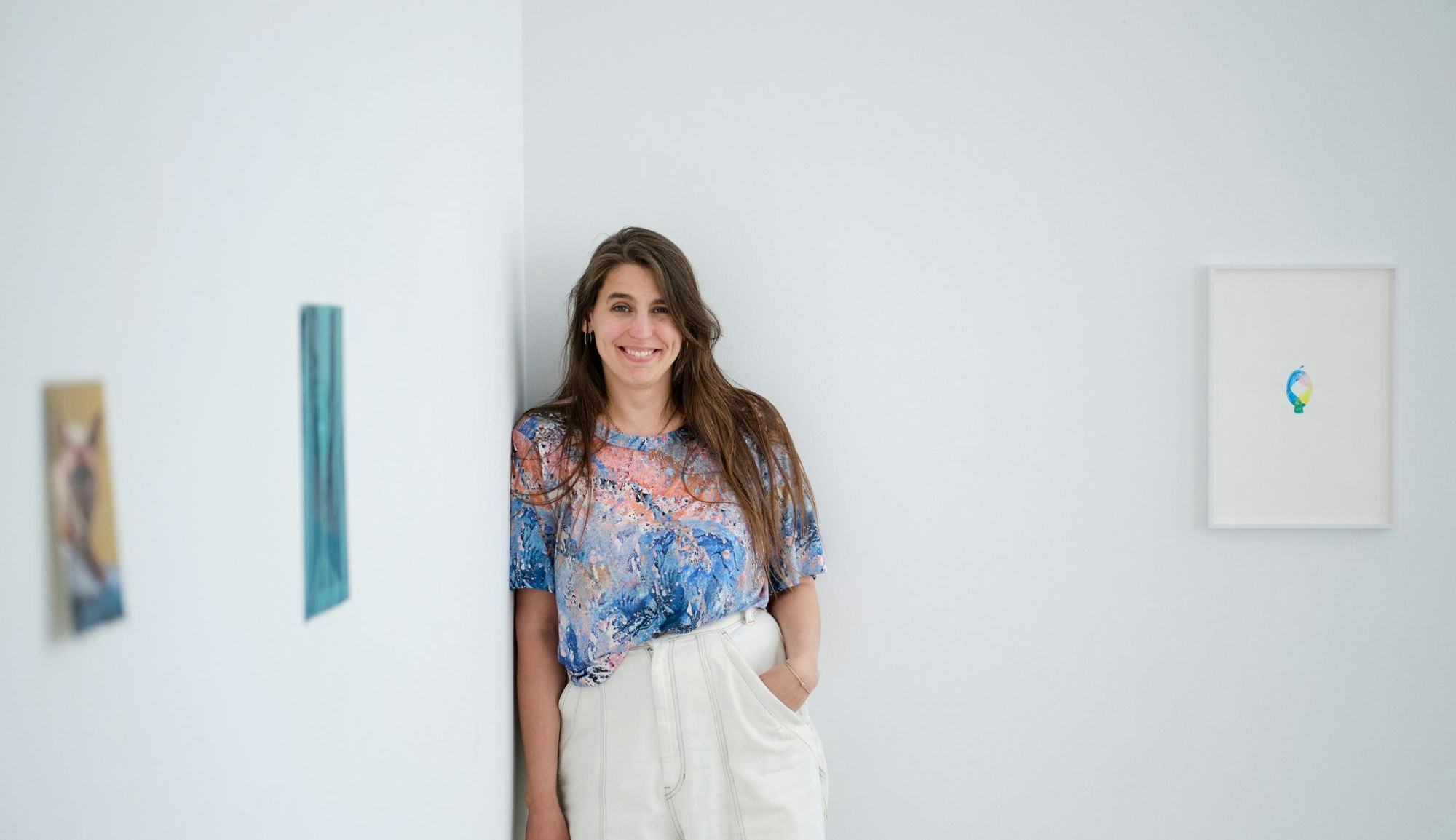
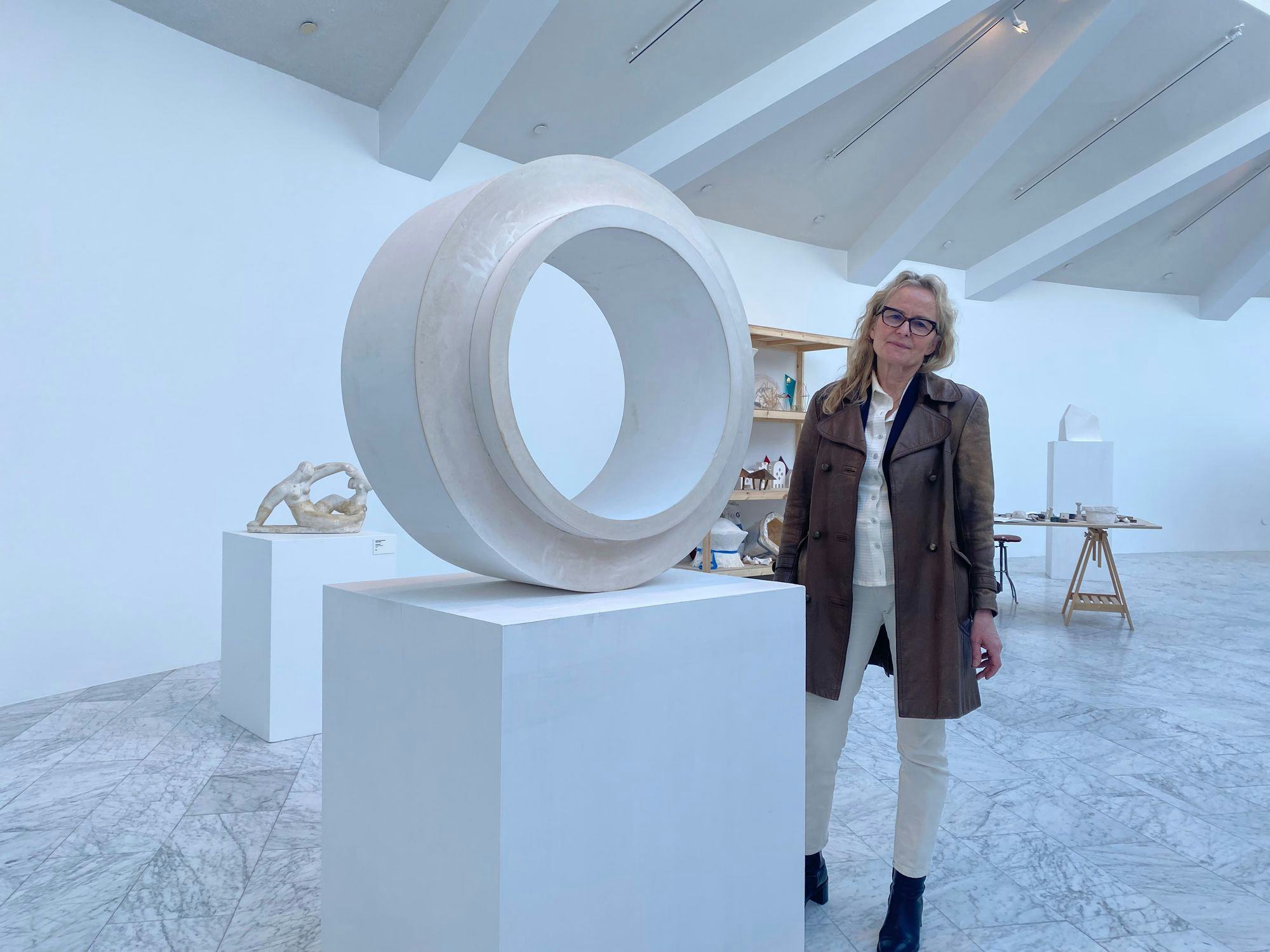
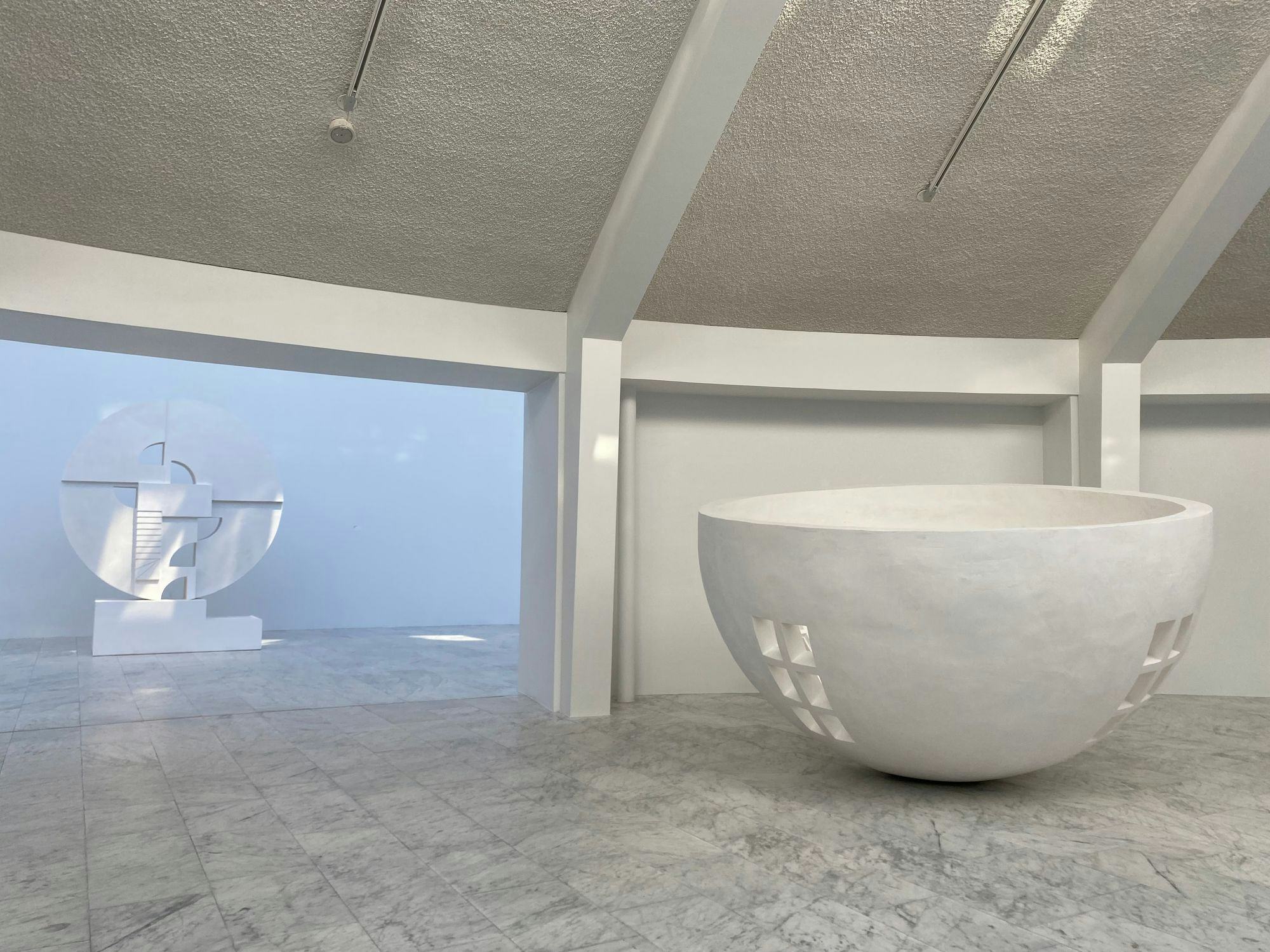
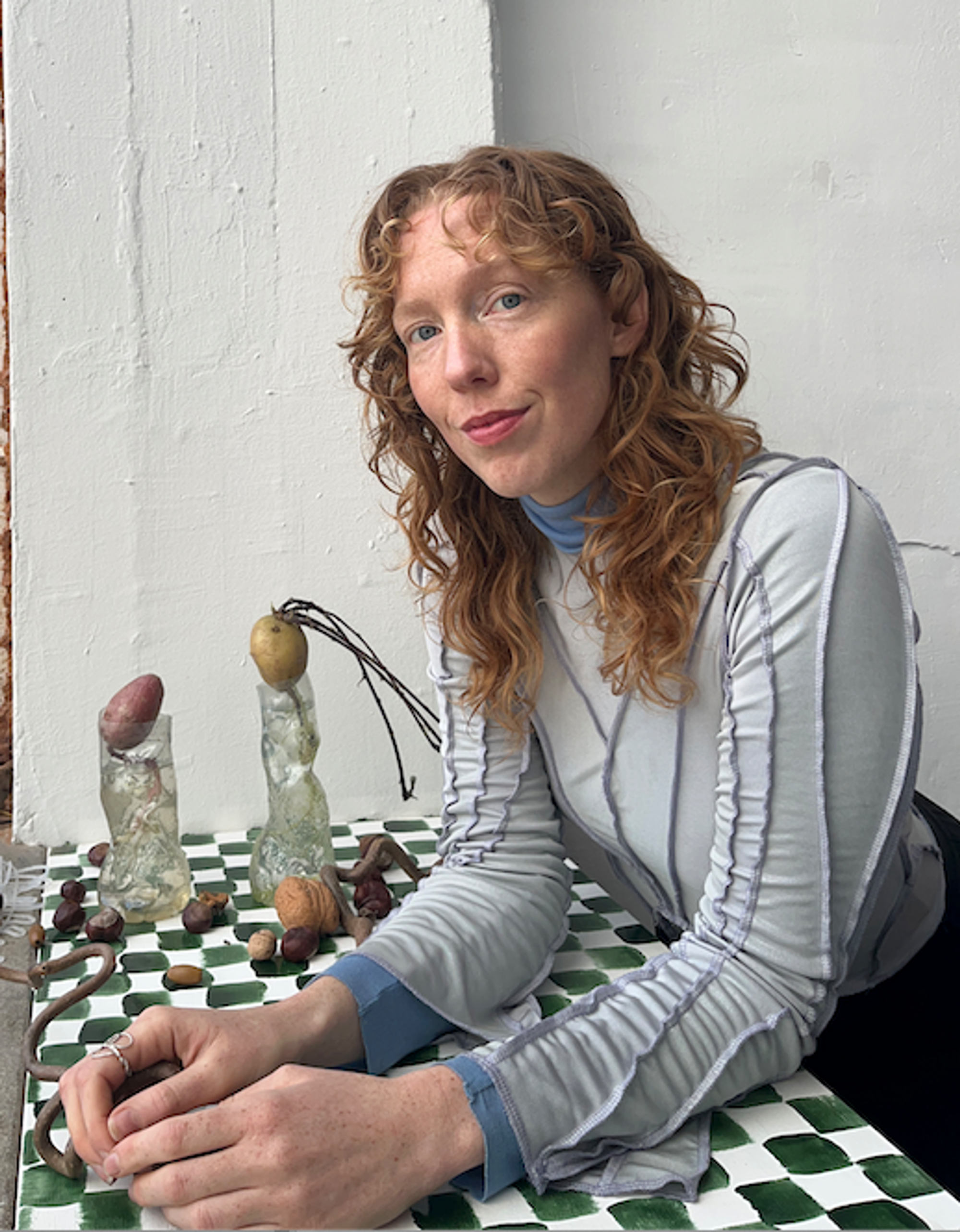
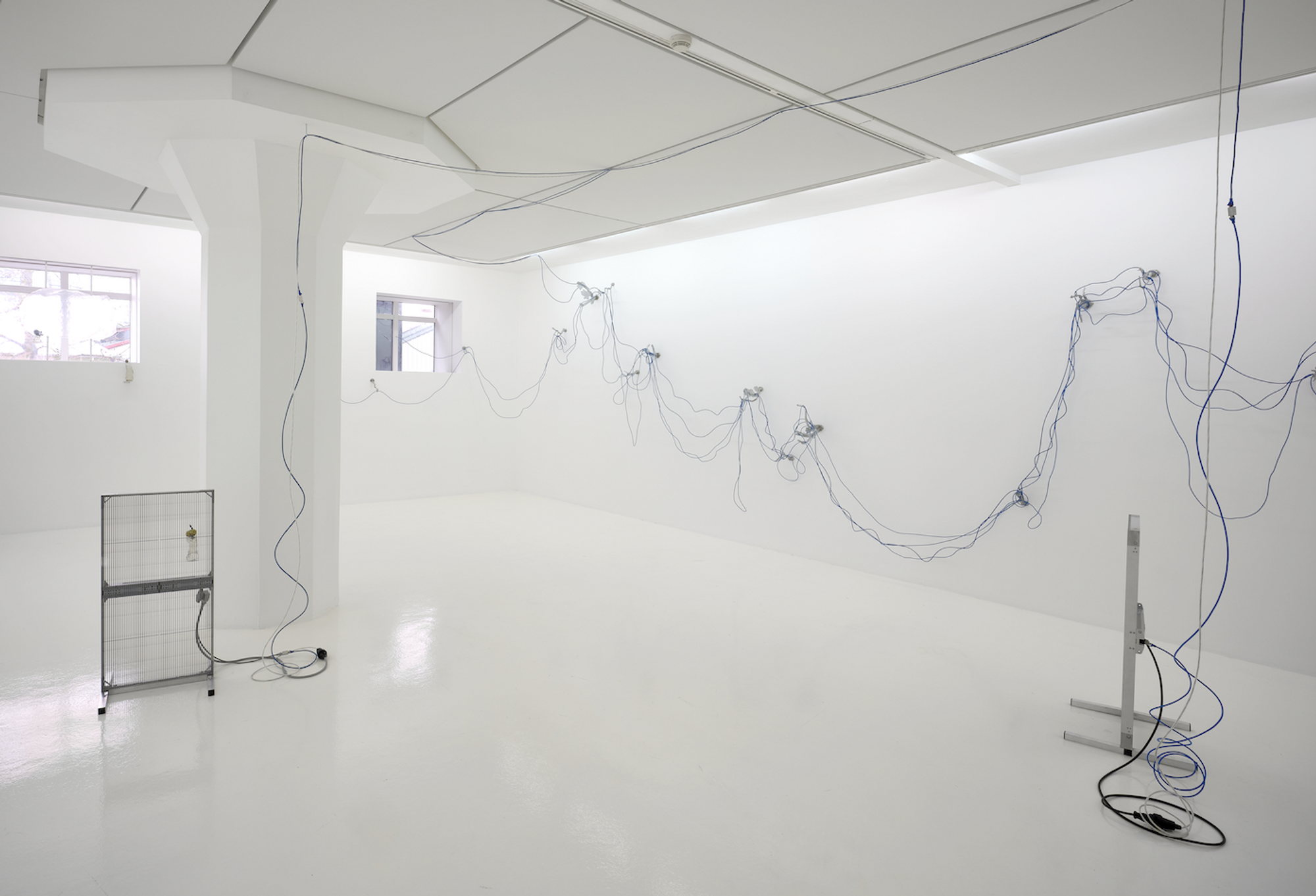
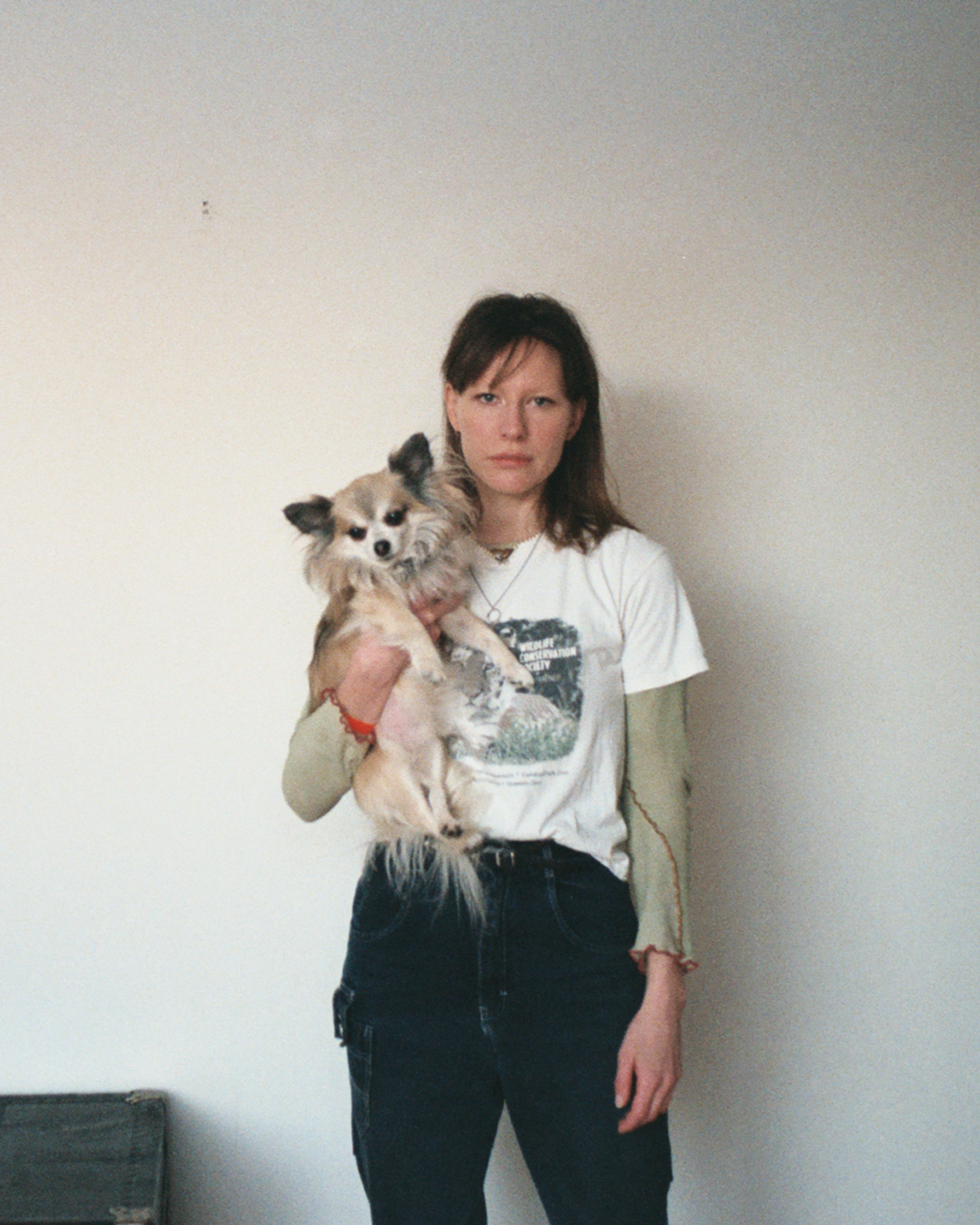
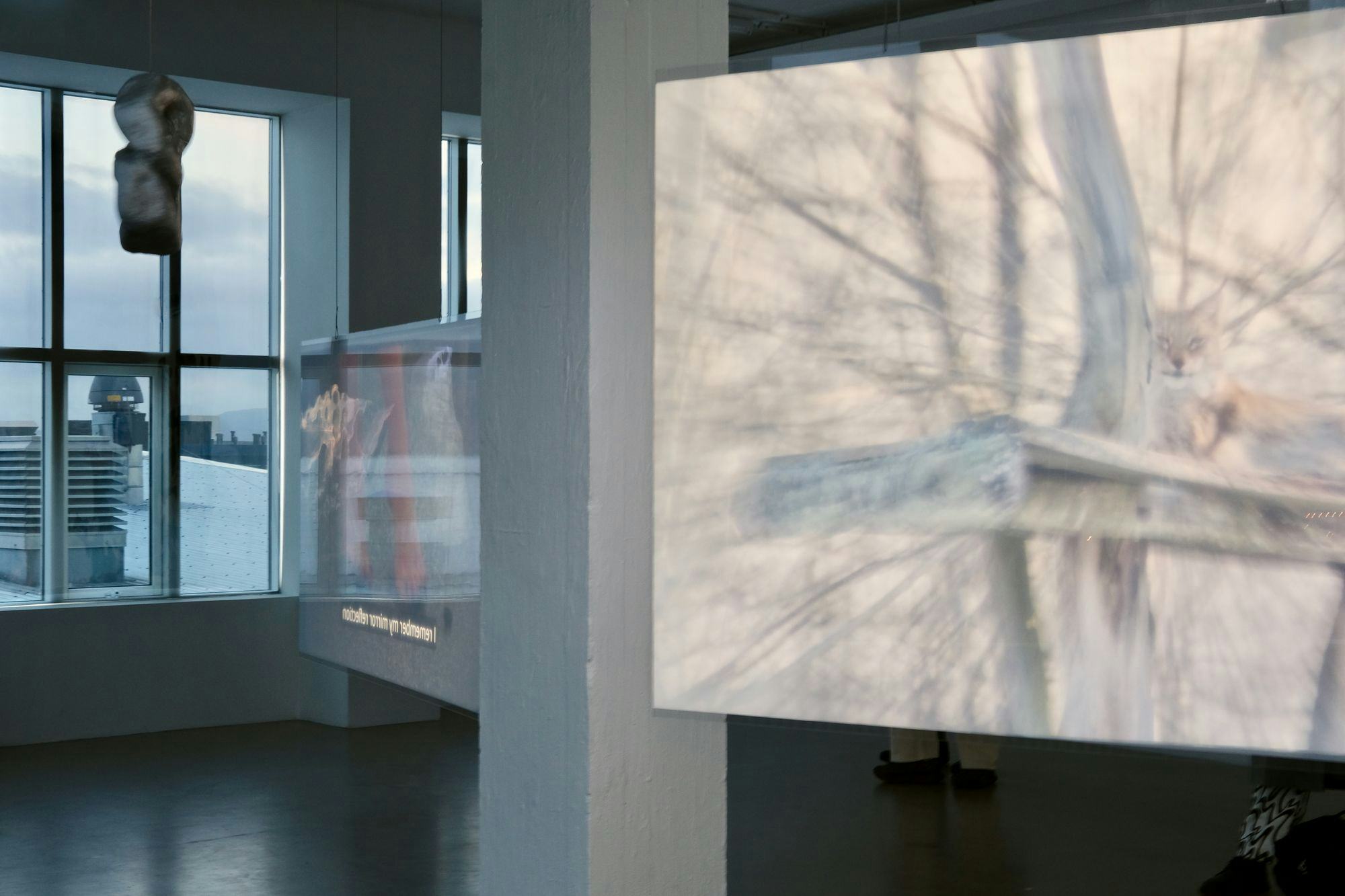
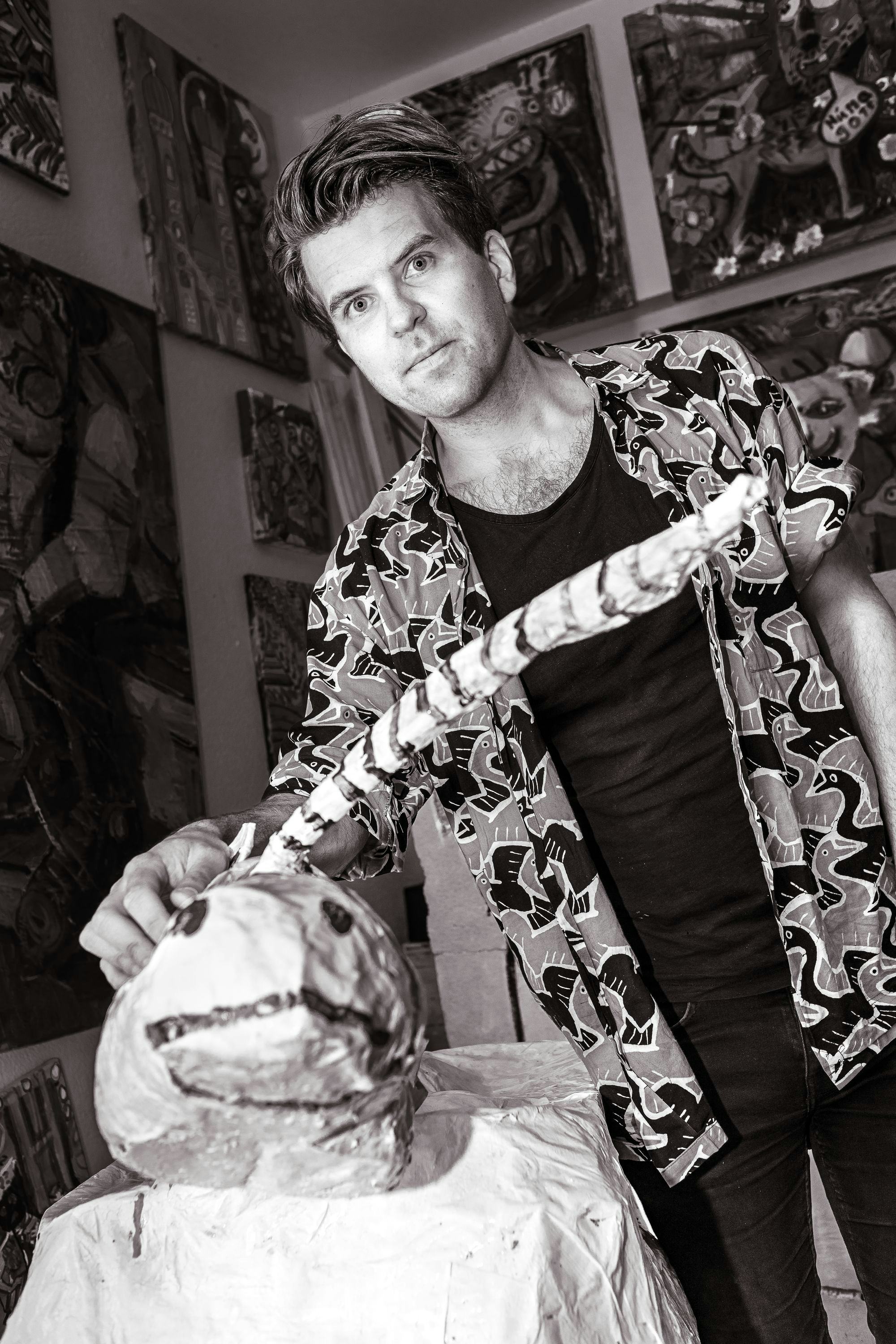
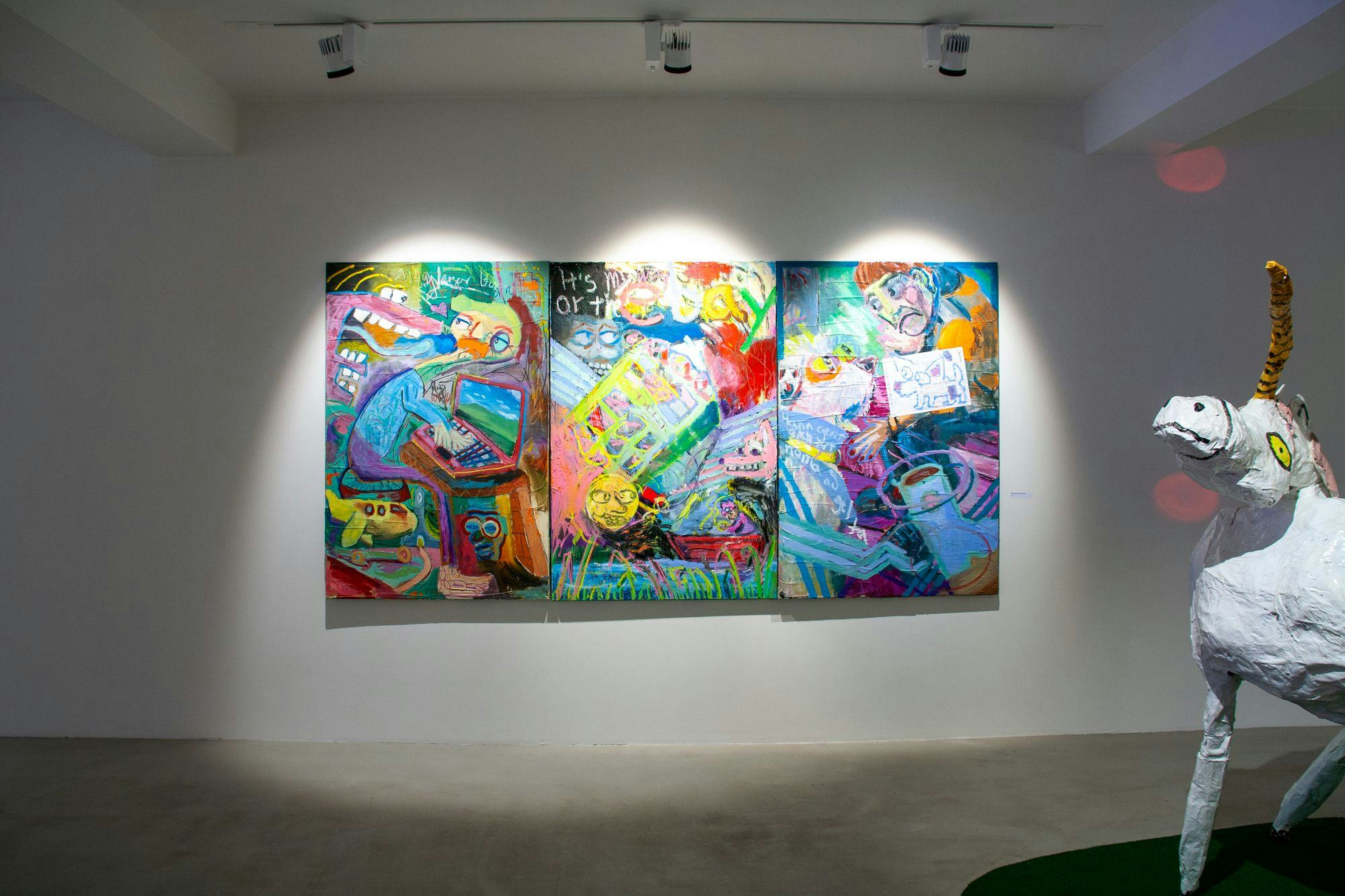
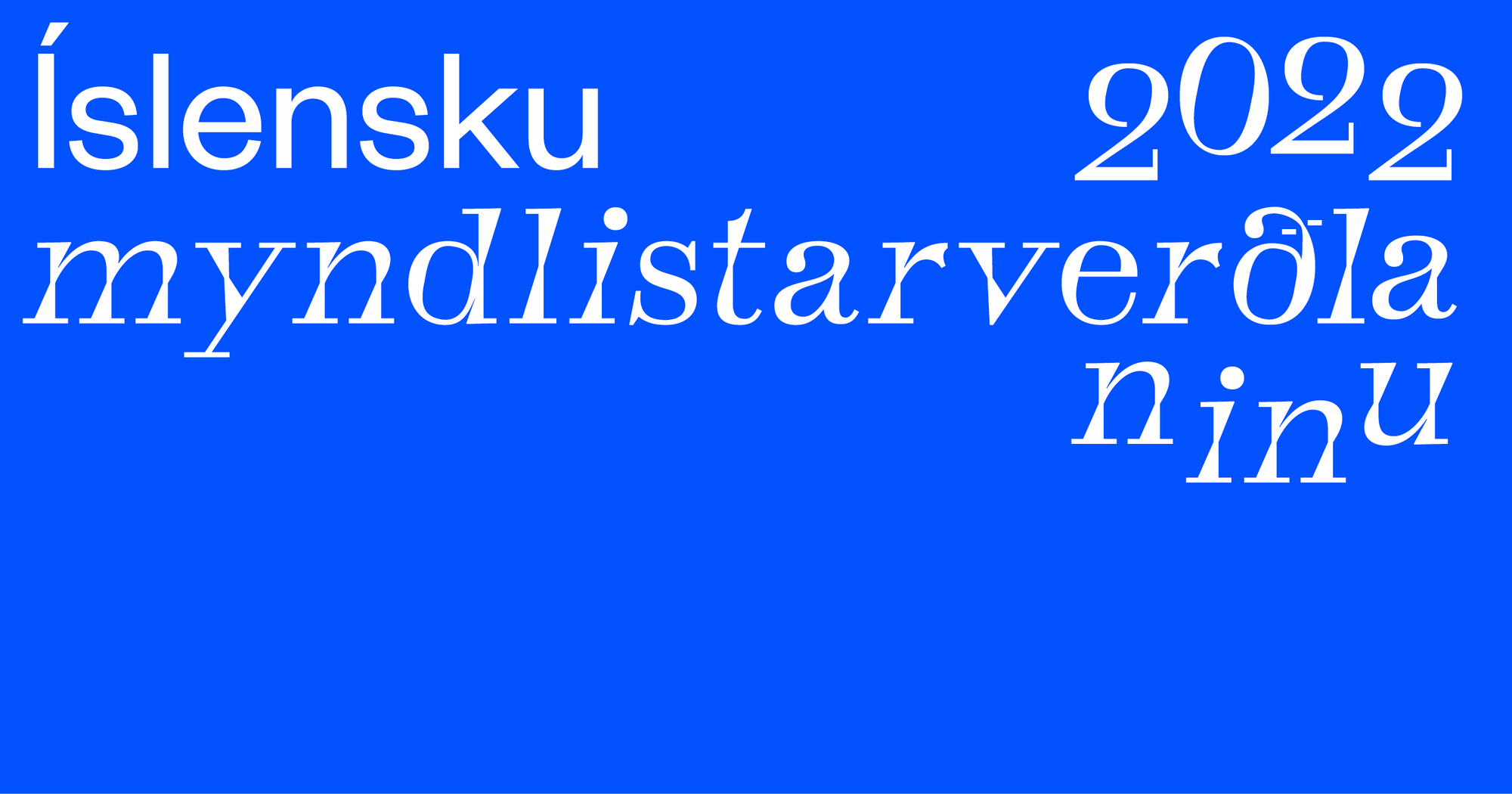
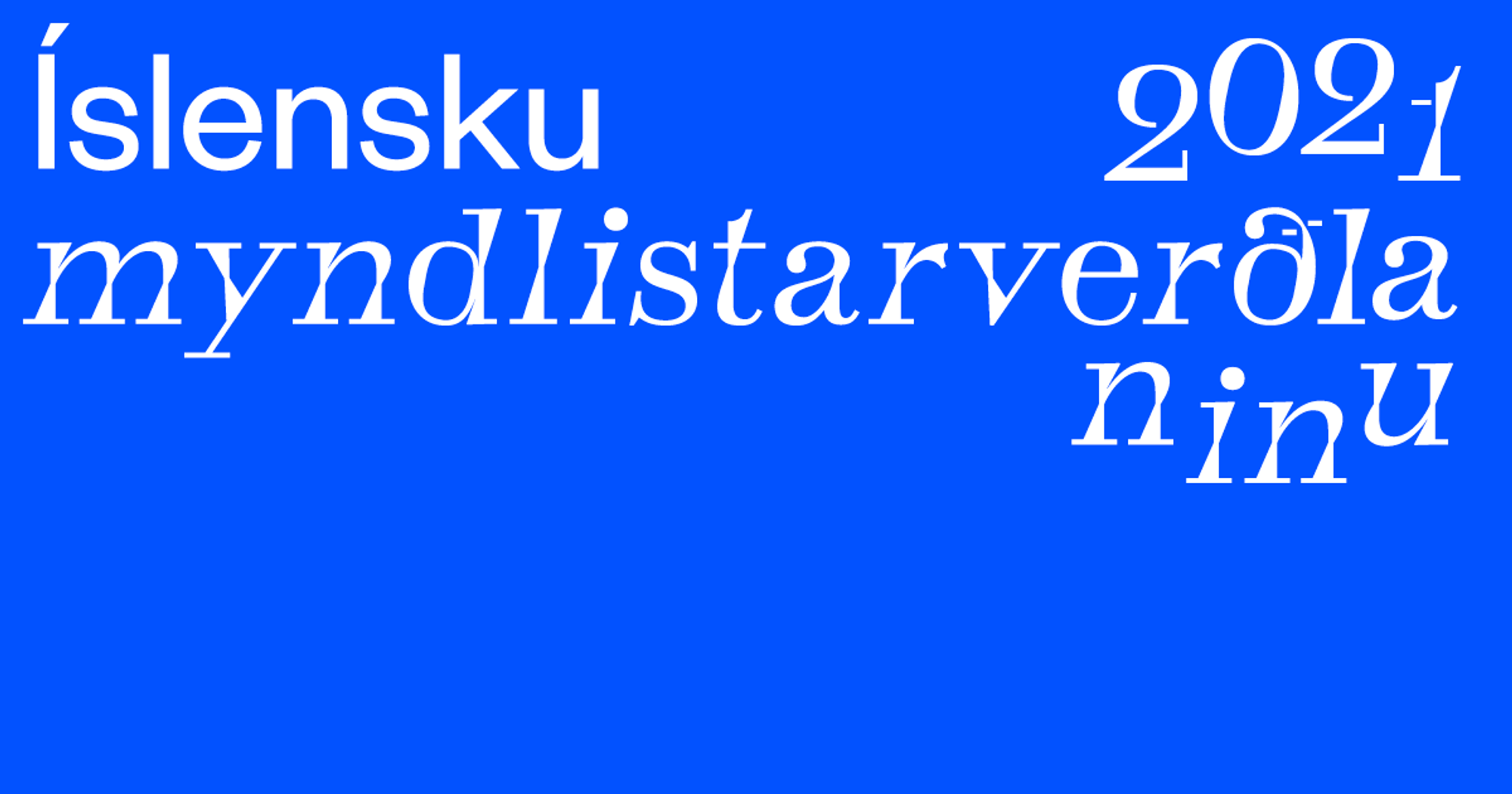
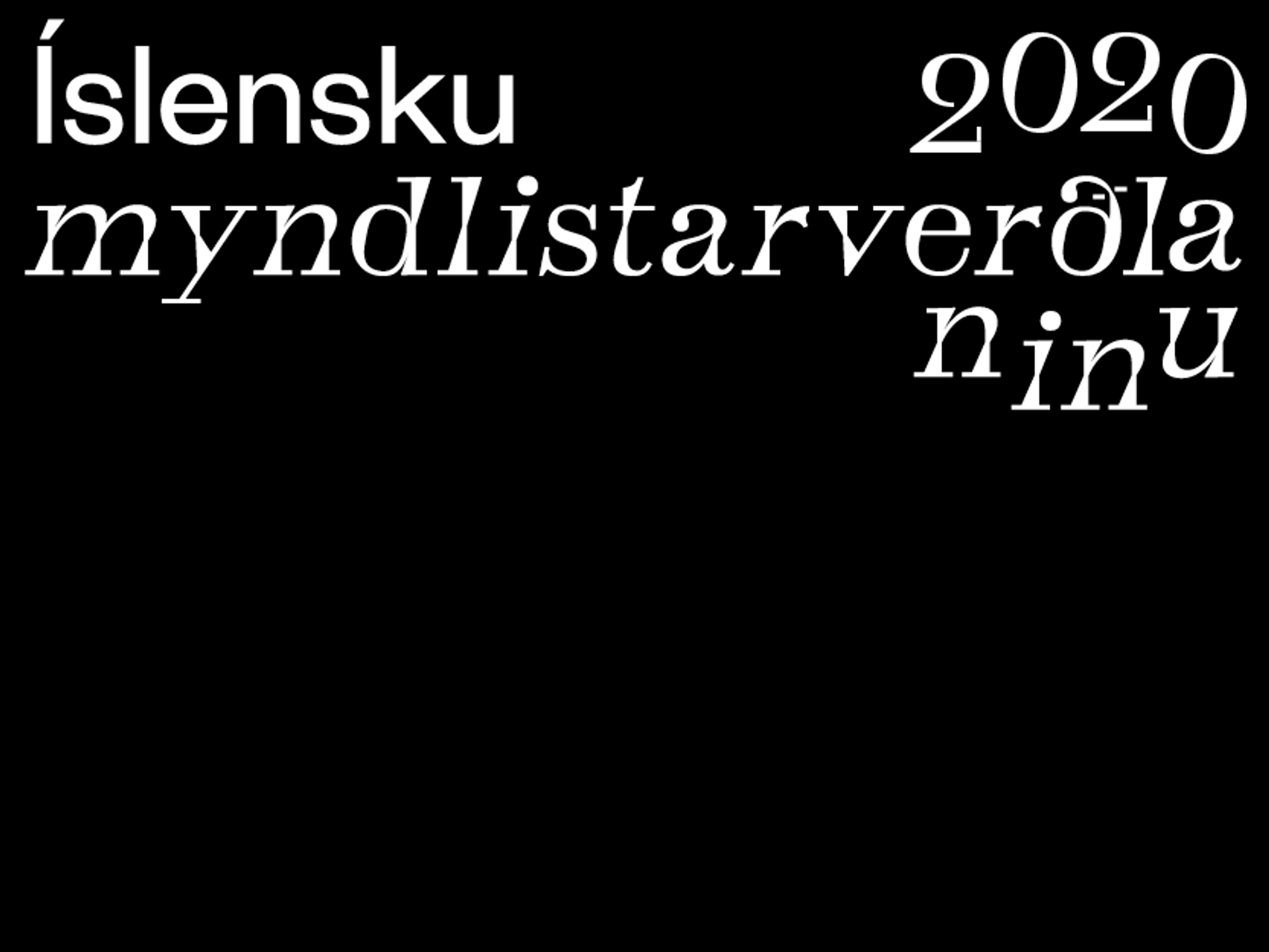
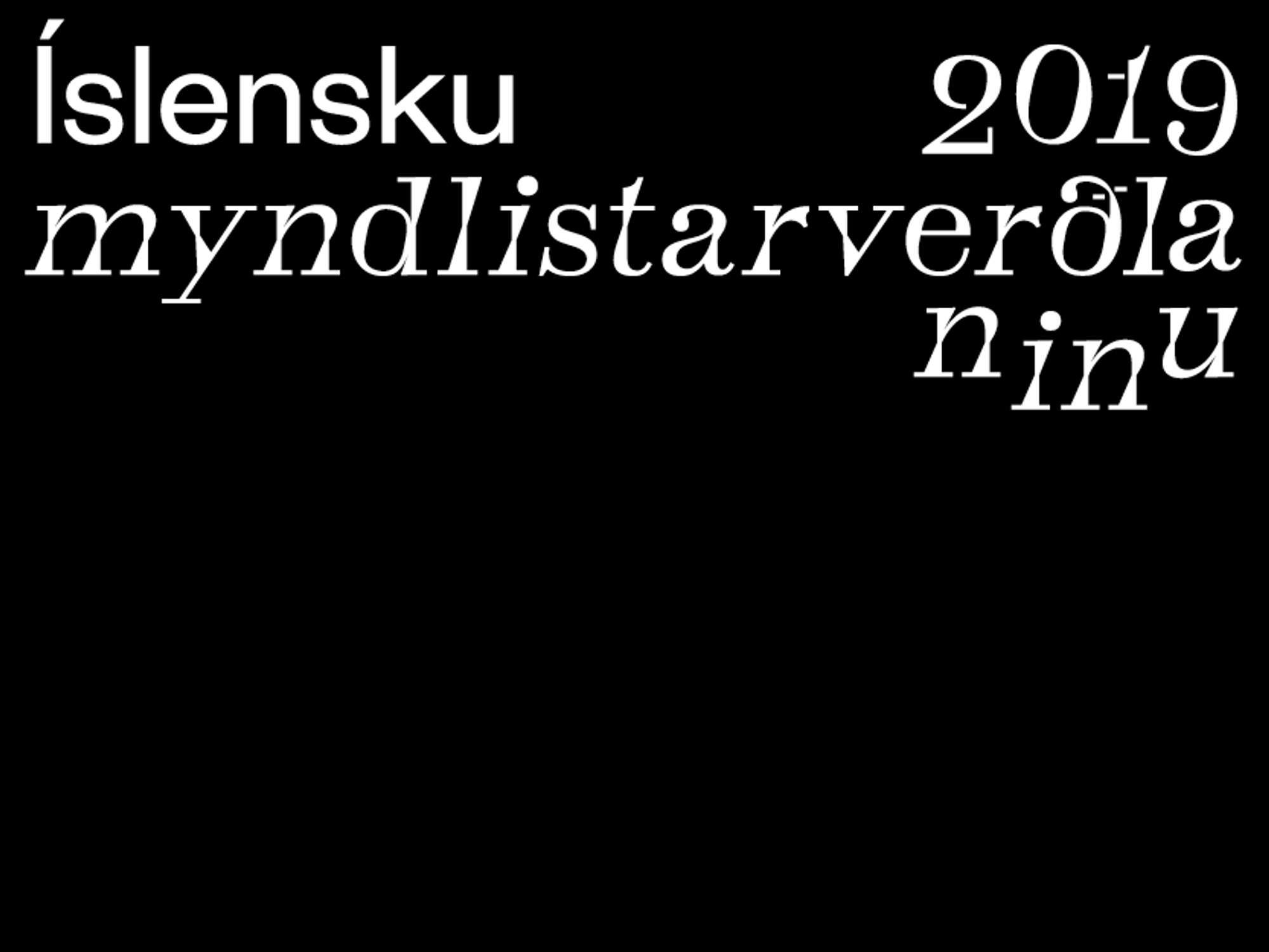
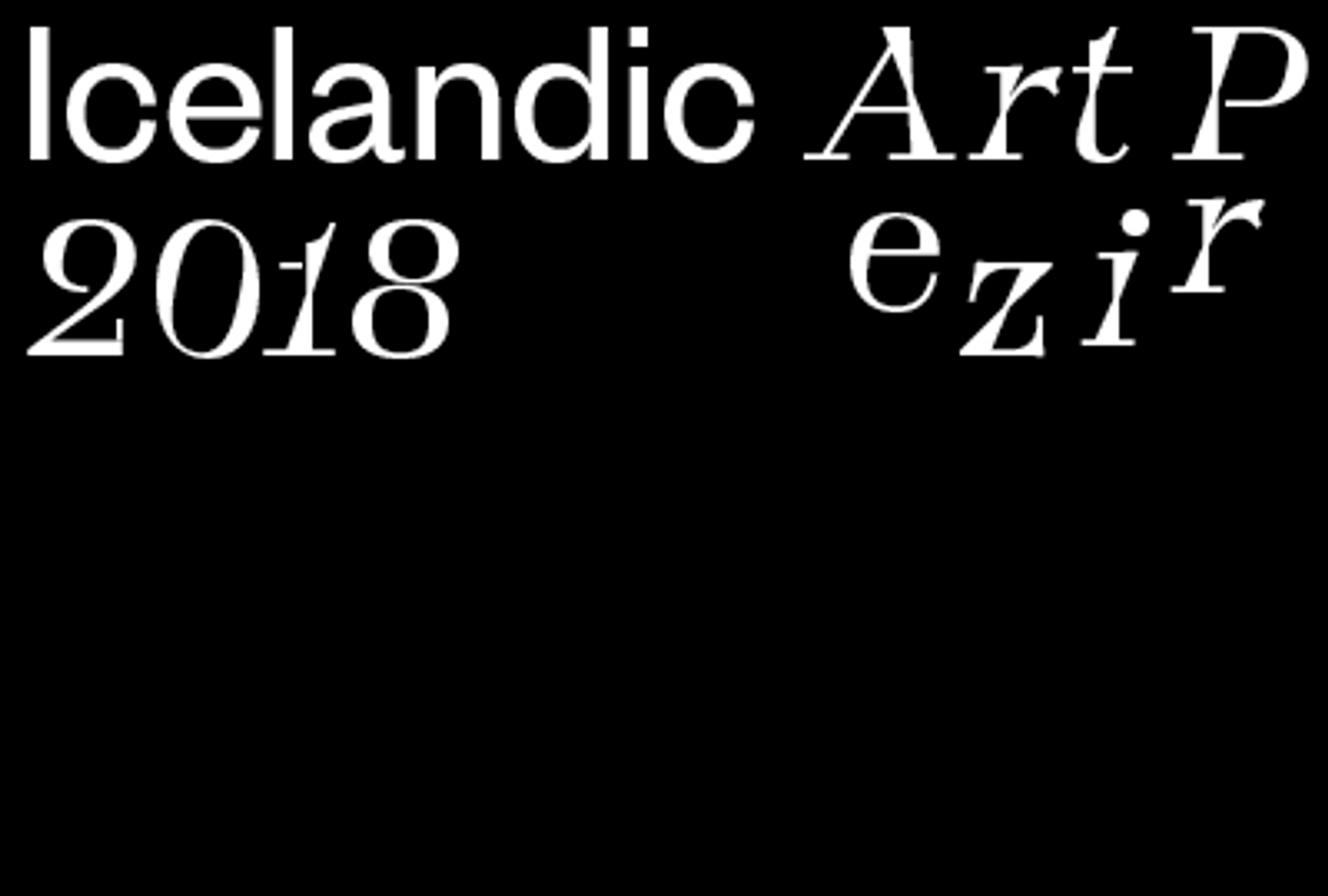
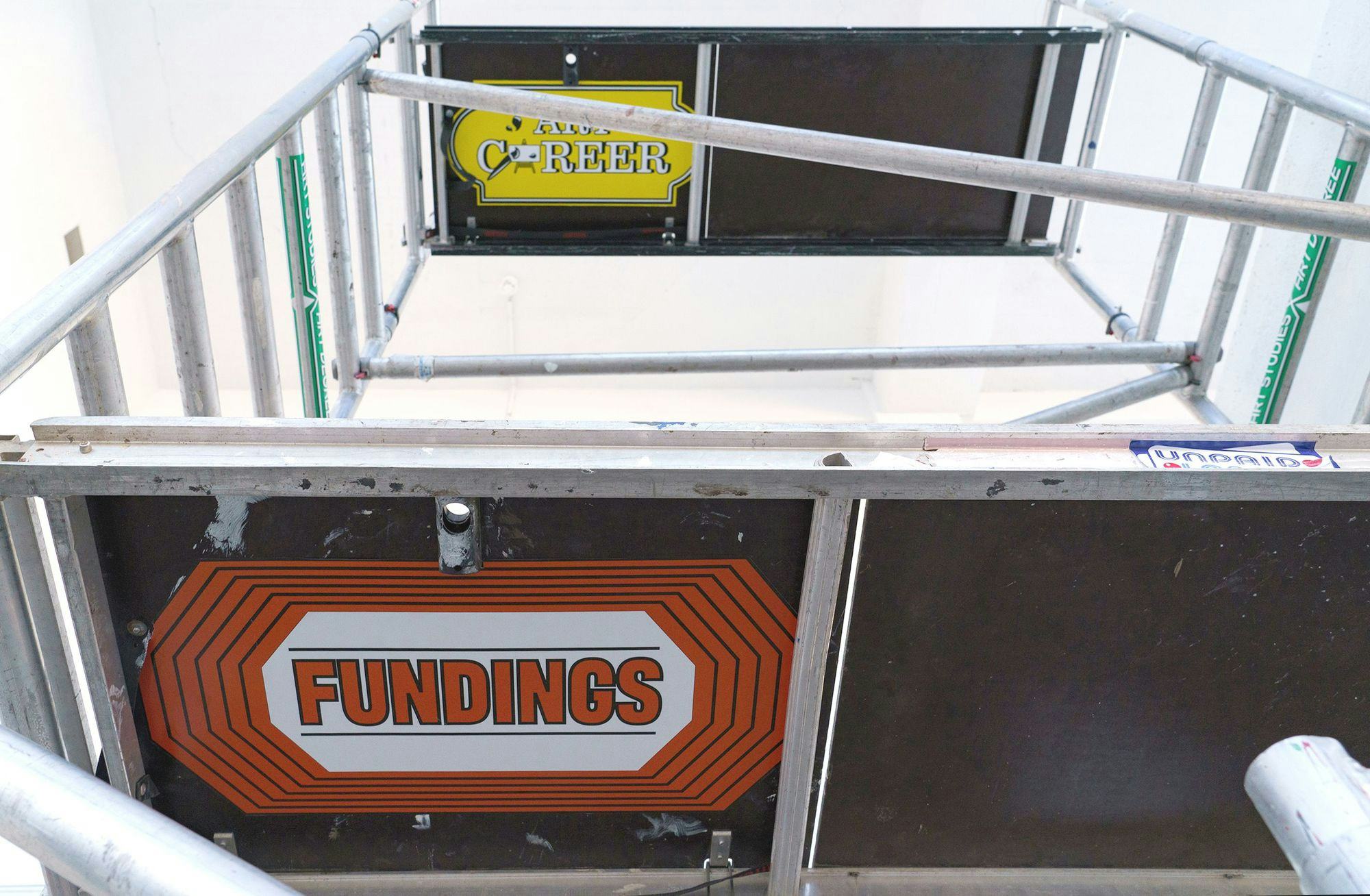
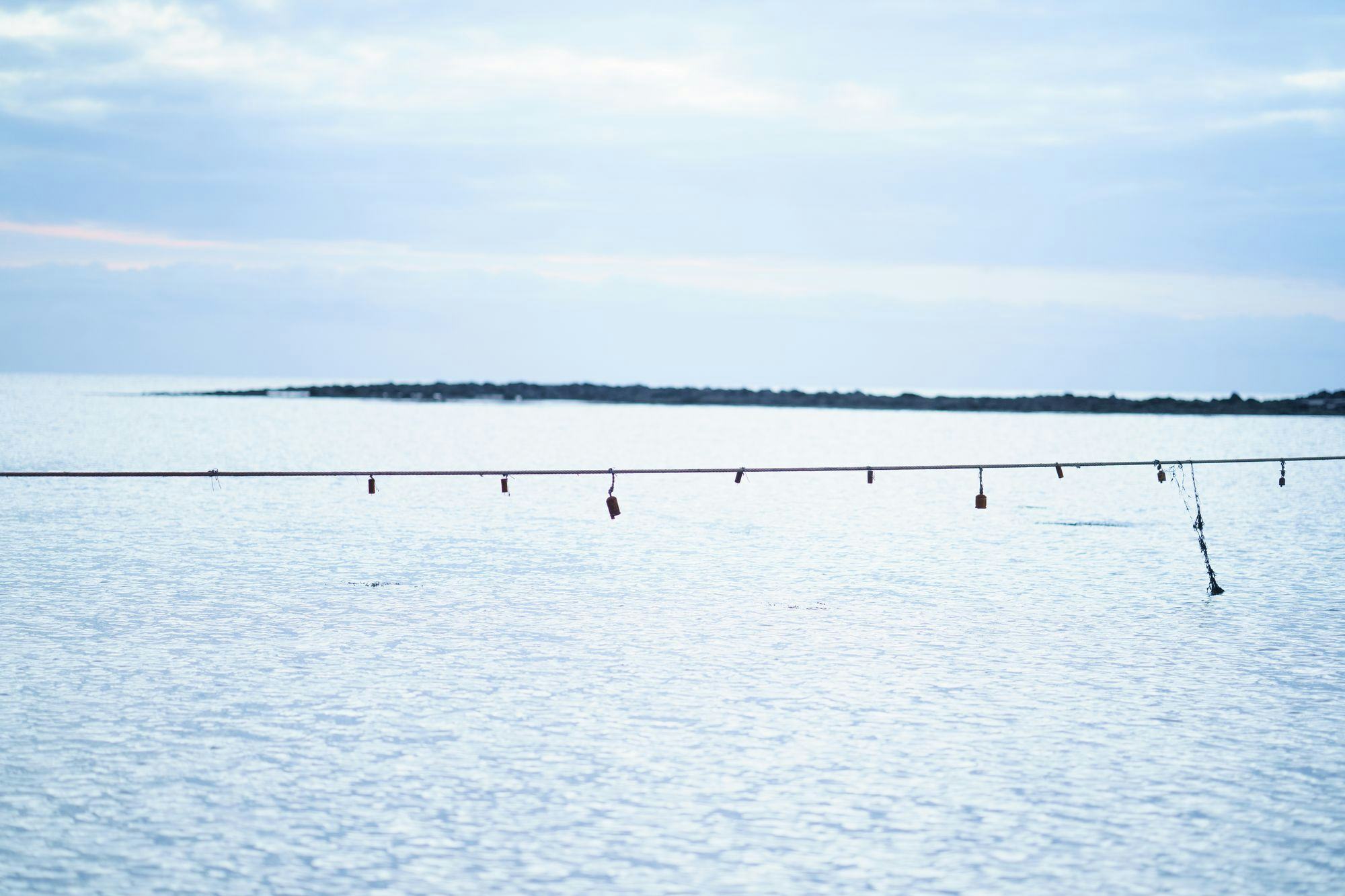
-icelandic-pavilion-2000x2667.jpg&w=2048&q=80)

